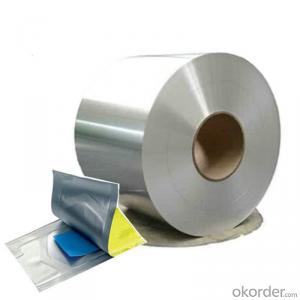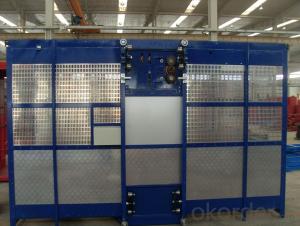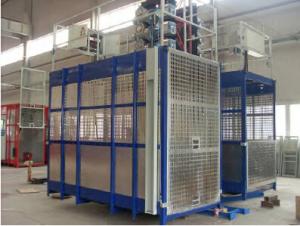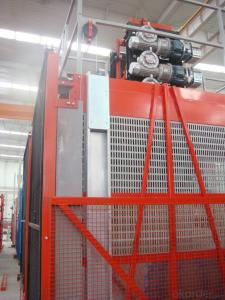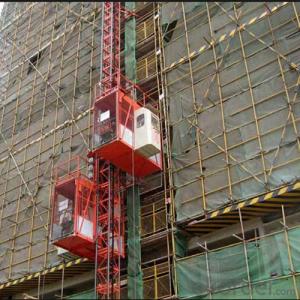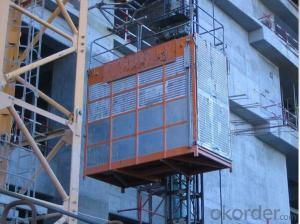200 Amp Solar Inverter
200 Amp Solar Inverter Related Searches
Ac Inverter For Solar Panels Solar Panel With Ac Inverter Gas Furnace With Ac Panda Hot Water Bottle Cover Minion Hot Water Bottle Cover Abb Solar Water Pump Inverter Solar Water Pump Philippines Extra Long Hot Water Bottle Solar Panel Dc To Ac Inverter Old Fashioned Hot Water BottleHot Searches
1 8 Aluminum Plate Home Depot 100 Amp Cable Price Food Mixer Sale Silver Fridge Freezer Sale Silver Tea Set Prices Pet Coke Specifications Silver Dinner Set Online Shopping Type Of Inverter For Solar Types Of Inverter For Solar Used Solar Inverter For Sale Inverter Size For Solar System Solar Edge Inverter For Sale 5kw Solar Inverter For Sale Solar Inverter For Sale Solar Inverter For Battery Solar Inverter For Split Ac Solar Inverter For Laptop Solar Inverter For Fridge Solar With Inverter Price Solar Inverter With 2 Battery200 Amp Solar Inverter Supplier & Manufacturer from China
Okorder.com is a professional 200 Amp Solar Inverter supplier & manufacturer, offers integrated one-stop services including real-time quoting and online cargo tracking. We are funded by CNBM Group, a Fortune 500 enterprise and the largest 200 Amp Solar Inverter firm in China.Hot Products
FAQ
- The power factor of a solar inverter is a measure of how effectively it converts the DC power generated by solar panels into AC power that can be used by electrical devices. A high power factor indicates efficient conversion, while a low power factor signifies energy losses.
- The role of a voltage control unit in a solar inverter is to regulate and stabilize the voltage of the direct current (DC) power generated by the solar panels before it is converted into alternating current (AC) power. It ensures that the voltage remains within the desired range to optimize the efficiency and performance of the solar inverter, as well as protect the connected appliances or grid from potential damage due to voltage fluctuations.
- A solar inverter handles frequency fluctuations in the grid by continuously monitoring the frequency of the grid and adjusting its own output accordingly. If the grid frequency increases, the inverter reduces its output to maintain stability. Conversely, if the grid frequency decreases, the inverter increases its output to help stabilize the grid. This way, the solar inverter actively contributes to maintaining a stable frequency in the grid.
- Yes, a solar inverter can be used with different types of grid connection standards. Solar inverters are designed to convert the direct current (DC) produced by solar panels into alternating current (AC) that is compatible with the electrical grid. They are versatile and can be programmed to work with various grid connection standards, such as single-phase or three-phase systems, different voltage levels, and frequency requirements. This allows solar inverters to be used in a wide range of grid configurations, making them adaptable to different regions and grid infrastructure.
- Yes, a solar inverter can be integrated with a smart home system. By connecting the solar inverter to the smart home system, users can monitor and control their solar energy production and consumption remotely. This integration allows for better energy management, optimizing the use of solar power, and potentially saving on electricity bills.
- Solar inverters are subject to voltage and frequency regulations, which differ depending on the country and are typically established by regulatory bodies or standardization organizations. To ensure the safe and reliable operation of the electrical grid, solar inverters in most countries must adhere to specific voltage and frequency limits. Voltage regulations dictate the permissible range of output voltage that a solar inverter can supply to the grid. This guarantees that the voltage remains within acceptable boundaries, preventing damage to electrical equipment or disturbances in grid stability caused by overvoltage or undervoltage conditions. The specific voltage limits are influenced by factors such as the type of grid system (e.g., single-phase or three-phase) and the voltage levels employed in the country. In contrast, frequency regulations establish the acceptable range of output frequency that a solar inverter can provide to the grid. The grid frequency is typically set at a specific value (e.g., 50 Hz or 60 Hz), and solar inverters must synchronize their output frequency with the grid to ensure compatibility. Deviations from the specified frequency can result in equipment malfunctions or grid instability. Compliance with voltage and frequency regulations is essential for solar inverters to facilitate the effective integration of renewable energy sources into the electrical grid. In numerous countries, solar inverters must meet specific technical standards or certifications to demonstrate their adherence to these regulations. These standards typically encompass various aspects of inverter performance, including voltage and frequency control, power quality, and interaction with the grid.
- Yes, a solar inverter can be used in a mobile or portable solar system. Portable solar systems typically consist of solar panels, a battery, and an inverter. The solar panels generate electricity from the sun, which is stored in the battery. The inverter then converts the stored DC power from the battery into AC power that can be used to power various devices and appliances. This allows for the utilization of solar energy even in remote or mobile settings.
- A solar inverter handles variations in solar panel degradation over time by continuously monitoring the performance of the solar panels. It adjusts the power output and voltage levels accordingly to optimize the energy conversion process. This adaptive capability allows the inverter to compensate for any decrease in efficiency caused by degradation, ensuring maximum power generation from the solar panels throughout their lifespan.
